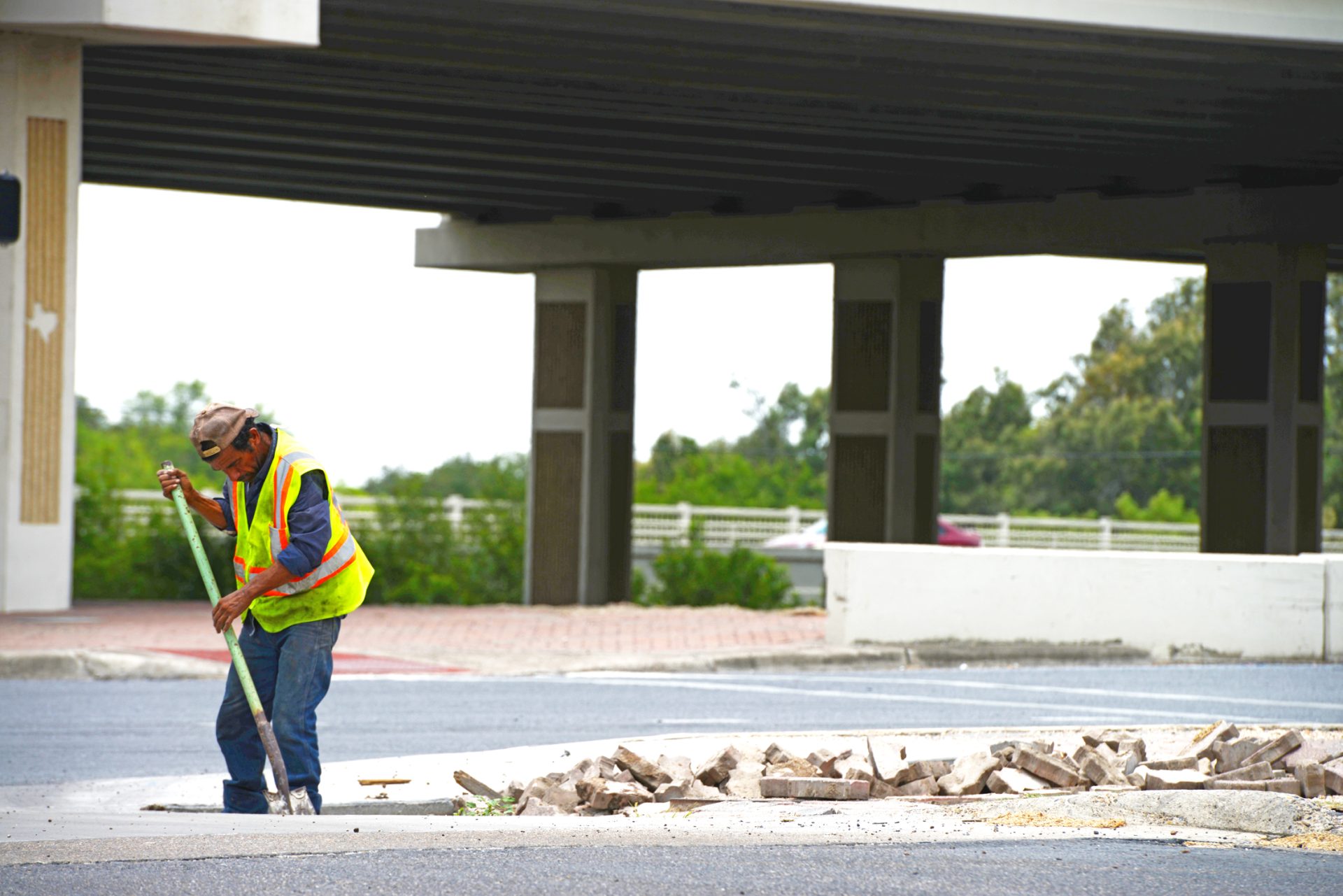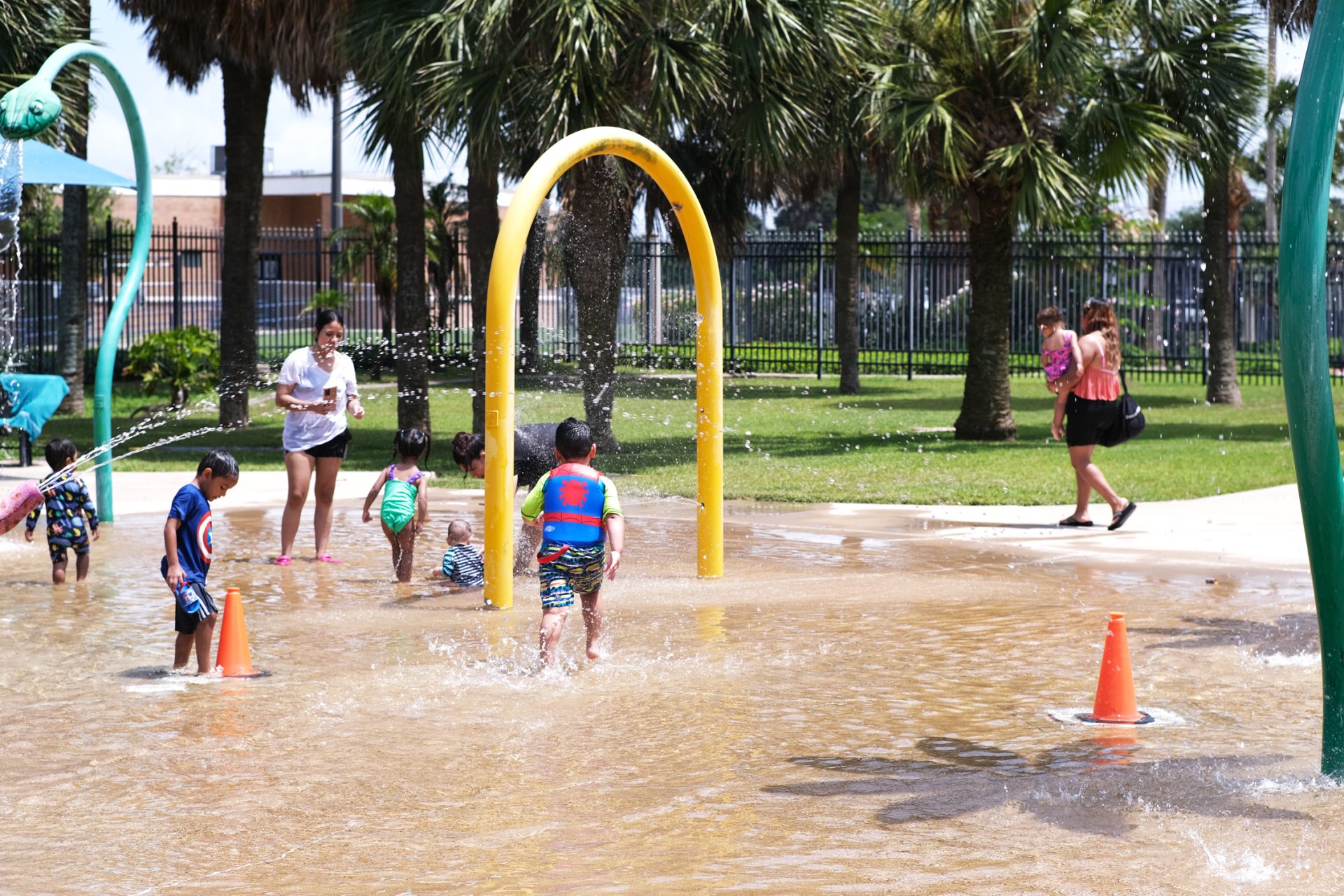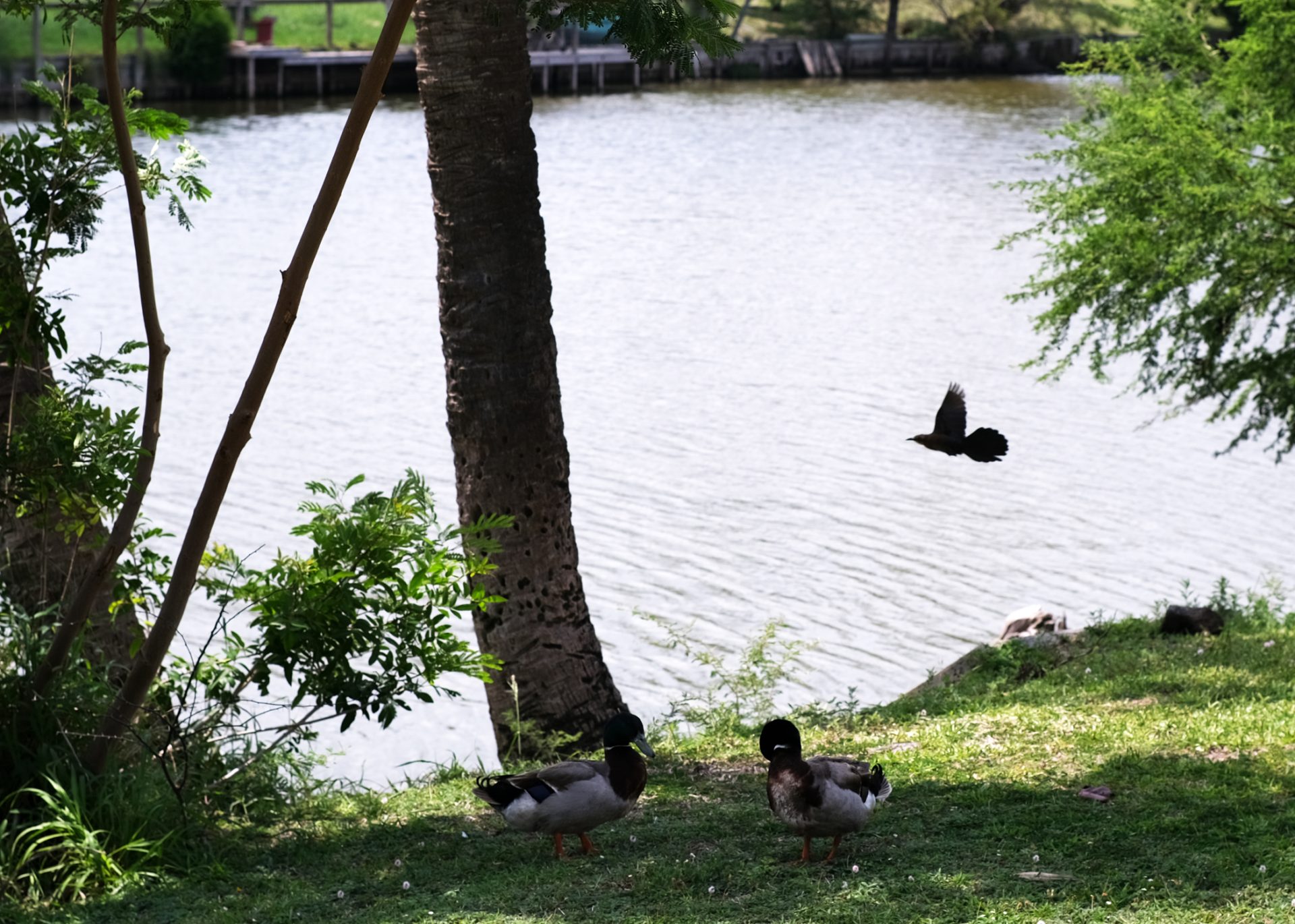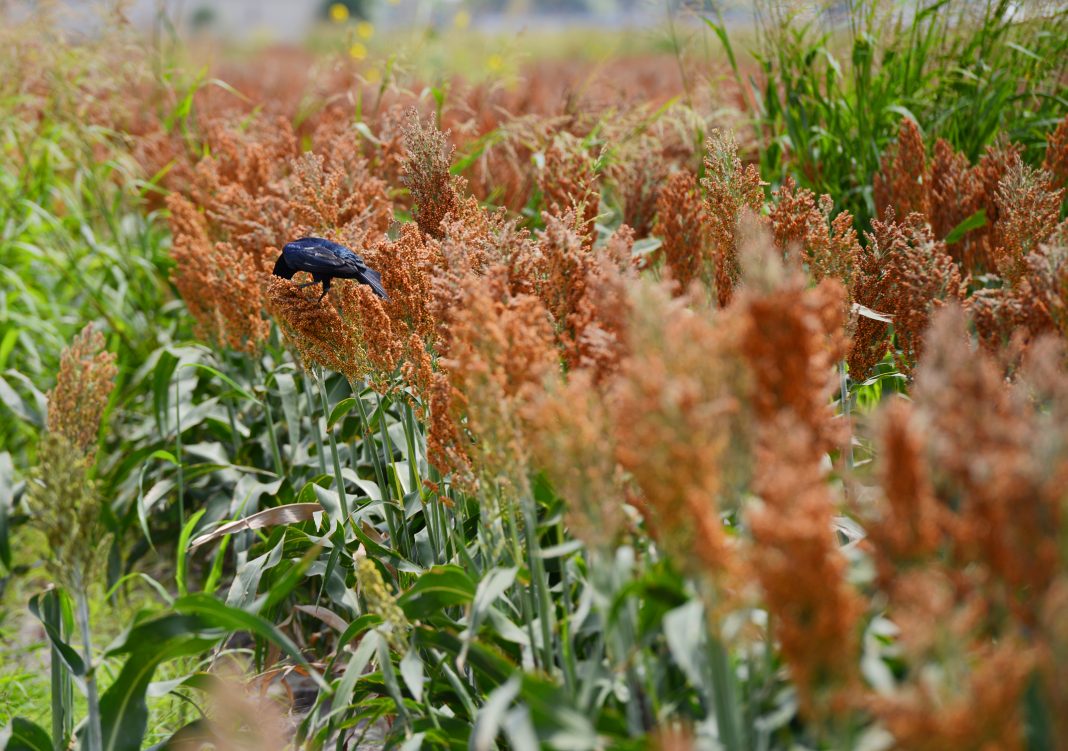Yes, it’s going to be a cruel, cruel summer, according to the National Weather Service Brownsville/Rio Grande Valley, with hot temperatures expected to stay around for a long while.
There will be above average temperatures and excessive heat is likely to be a reoccurring thing, writes Barry Goldsmith, warning coordinator meteorologist for the NWS.
“Heat should be dominant through summer, perhaps setting the stage for another high-ranked warm calendar year should much warmer than average conditions persist through the rest of 2022. Heat safety should be promoted frequently,” Goldsmith stated.
Goldsmith said if we fail to get rain, 100 plus temperatures are likely to prevail while “feels like” temperatures could be at 110 to 120 degrees or possibly higher on more than 10 days.

Goldsmith’s writing proves true with temperatures in the Valley through the weekend to be between 94 degrees to 106 degrees. This does not include the heat index, which makes it feel hotter.
The “feels like” temperature early Wednesday afternoon was 109 degrees in Brownsville, 106 degrees in Harlingen and 102 degrees in McAllen,
Just last month, ERCOT asked Texas to conserve energy during the weekend of May 13-15 because of unseasonably hot conditions in the state.
At that time ERCOT stated six power generation facilities tripped offline resulting in the loss of approximately 2,900 MW of electricity.
“Tropical ‘wild cards’ are possible just about anytime from late June through August, in the form of cyclones or energy waves. Without them, drought will quickly redevelop across all but the immediate coast. With them, flooding (and worse) is likely,” Goldsmith writes.

NOAA last month released its predictions for the 2022 Atlantic hurricane season stating it will be an above normal season. There will be 14 to 21 named storms, 6 to 10 hurricanes and 3 to 6 major hurricanes
Goldsmith said there’s also the possibility for the regrowth of grass, brushy fields brought on by rains the Valley received in May. This could eventually renew the threat of rapid wildfire/spread growth.
The burn bans that were issued in the Valley last month have since been lifted but it is possible that they be implemented again if the area faces hot, humid, and dry conditions again.
Goldsmith said La Nina remains “stubborn” in the Valley which is bringing the dry, hot and drought like conditions. But the La Nina also supports the potential for tropical storms. La Nina attracts storms.

Goldsmith said if summer rains don’t surface the Valley could once again face drought conditions with the chance of severe to extreme droughts expected in Hidalgo, Starr and Zapata counties
Agriculture and municipal water shortages will increase through summer if no rain falls into municipality water systems and the Falcon Reservoir. As of Tuesday, the Falcon Reservoir was 20.3% full, according to Water Data for Texas. The Amistad Reservoir was 38% full.
“Summer 2022 remains a ‘wild card’ for torrential rain and flooding. As events since 2018 have shown, it only takes a day or two to shift from drought to flood in the Rio Grande Valley – and that potential exists this season. Depending on the timing, torrential rain could be a boon or a disaster for summer agriculture. Hanna’s rains in 2020 wiped out much of the region’s extensive cotton crop; early July rains in 2021 were helpful to that year’s crop.





